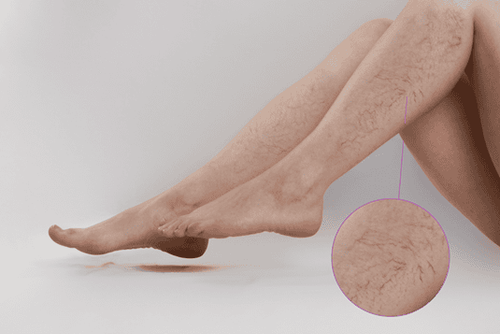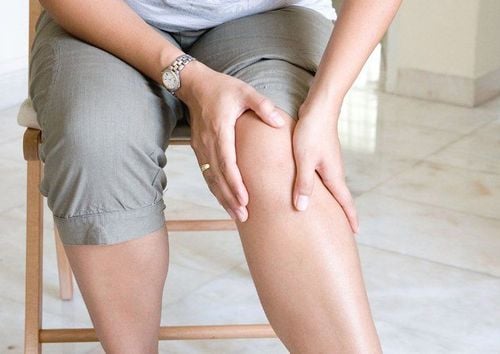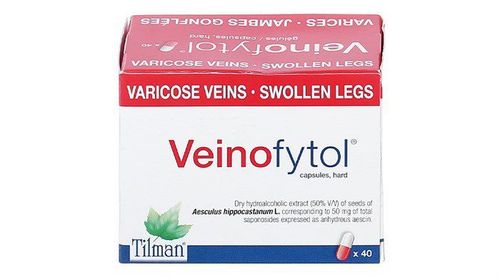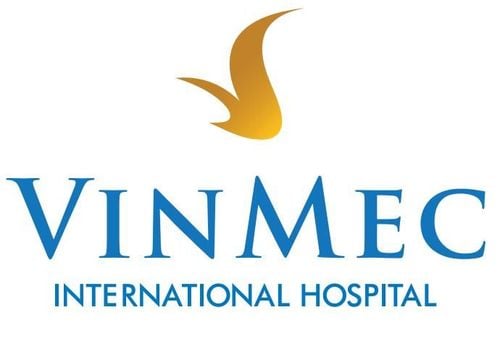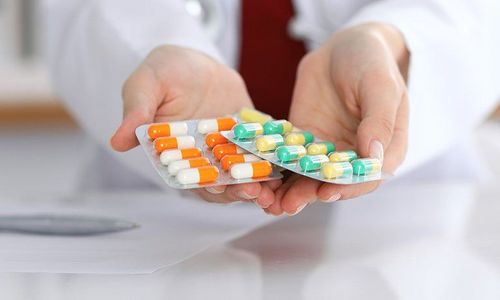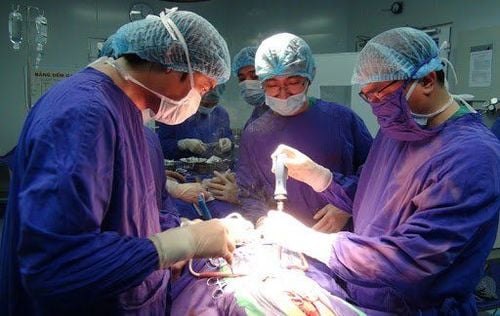This is an automatically translated article.
Varicose veins of the lower extremities is a disease showing a decline in the function of the venous system in the legs to return blood to the heart, leading to blood stagnation, causing hemodynamic changes and tissue deformation. around. The disease can cause many intractable complications that reduce quality of life, so it needs to be detected and treated promptly.
1. Causes of varicose veins in the lower extremities
The cause of varicose veins of the lower extremities is currently not clearly defined, but there are a number of risk factors that can cause damage to the one-way valve function of the peripheral venous system. When these valves are weakened, they reduce their ability to prevent blood from flowing back down, leading to blood stasis in the legs.
In addition, some other factors can cause varicose veins in the lower extremities, including:
Living posture: When working, you have to stand or sit in one place for a long time, be sedentary, or have to carry heavy loads. Some occupations can be mentioned such as sales, weavers, tailors, seafood and seafood processors, teachers... Working environment: Standing a lot in humid environments Pregnant women many times Obese people , a diet low in fiber and vitamins aggravates the disease Degenerative process due to aging Improper footwear use (in women)
2. Symptoms of varicose veins of the lower extremities
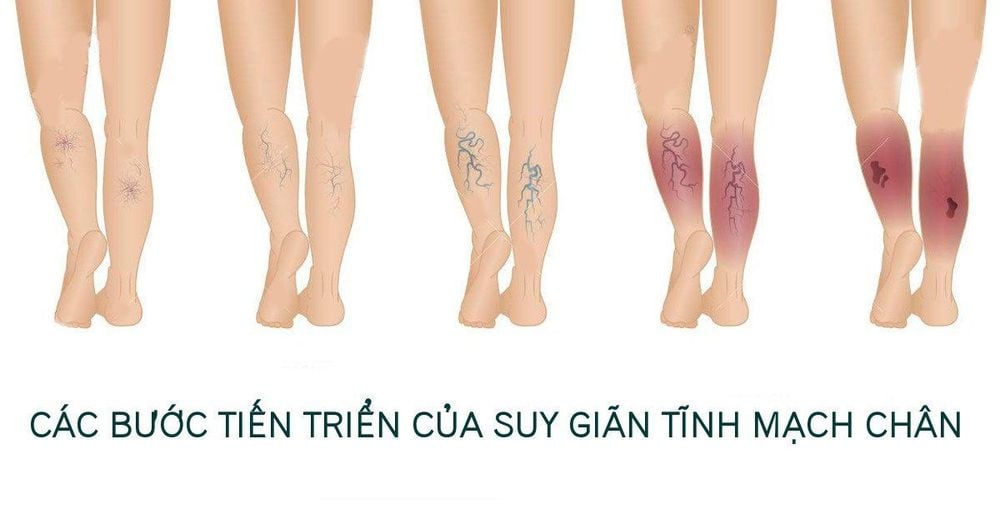
Các giai đoạn suy giãn tĩnh mạch chân
2.1.First stage Varicose veins in the lower extremities in the early stages are mild and transient, disappearing at rest, so the patient pays little attention and is easy to ignore, including:
Leg pain, leg heaviness, feeling wearing shoes that are tighter than usual Feet fatigue, slight swelling when standing or sitting for a long time Cramps at night, feeling like a pin prick in the leg area Many tiny blood vessels protrude 2.2. Advanced stage The advanced stage of varicose veins of the lower extremities, the patient has symptoms including:
Edema of the legs, possibly swelling of the eyes or feet The legs appear to change skin color The veins are swollen causes a feeling of heaviness, pain in the legs, which does not go away with rest. In more severe cases, the varicose veins may be prominent on the skin, and bruises appear on the skin. 2.3. Stage of complications Superficial thrombophlebitis, over time, will cause deep vein thrombosis in the proximal and distal segments and pulmonary embolism. Varicose veins causing heavy bleeding Ulcer infection
3. When to treat varicose veins of the lower extremities?

Bài tập điều trị phục hồi chức năng suy giãn tĩnh mạch ở chi dưới
The disease can cause many intractable complications that reduce quality of life, so it needs to be detected and treated promptly at any stage.
3.1. Medical treatment Medical treatment of varicose veins of the lower extremities can be treated by:
Keep your legs high when lying down Stronger muscles Avoid standing or sitting for a long time Wear elastic socks or wrap your legs with elastic bandages Deformities: Correct the position of the feet Avoid obesity, eat a high-fiber diet, avoid deep breathing Use elastic bandages, treatment socks to compress the legs Use drugs to stabilize the blood vessels such as daflon, rutin C. .. Can cause local sclerotherapy to cause fibrosis of blood vessels 3.2. Interventional treatment Cryotherapy with liquid nitrogen of minus 90°C: Intravenous strangulation through a catheter. This method has a 30% recurrence rate. Radiofrequency ablation (RFA): Thermal destruction of tissue due to the friction of ions in the tissue under the action of an alternating current. This method eliminates the reflux of blood in the great saphenous vein, is indicated for patients with varicose veins of the lower extremities grade 2 according to CEAP classification or patients who have received active medical treatment with drugs. and wearing compression stockings for more than 1 month but with no improvement in symptoms or clinical severity score, echocardiography showed regurgitation in the venous system. Stripping and Chivas Surgery: Stripping surgery is a method of using specialized instruments to remove dilated superficial veins. Chivas surgery is a method of removing dilated segments of the perforation system. This method of treatment of varicose veins of the lower extremities is thorough and has a low recurrence rate
4. Prevention of lower varicose veins

Chế độ ăn nhiều chất xơ, ít muối để tăng tính bền thành mạch giúp phòng bệnh suy giãn tĩnh mạch dưới
People can prevent varicose veins of the lower extremities by:
Improve working conditions, strengthen occupational safety and health: Arrange breaks between working hours for employees to exercise on their own, foot massage, body relaxation, regular wear protective equipment, periodical health check to detect disease early. Improve communication and dissemination of disease prevention knowledge for employees. Diet low in salt, high in fiber, and vegetables to increase vascular endurance. Exercise often, avoid sitting or standing for too long Avoid wearing high shoes heels, don't wear tight clothes Timely examination and treatment to avoid unfortunate complications.
The most serious complication of varicose veins of the lower extremities is the formation of thrombus in the lumen of the vessel, causing occlusion, the development of pigmented plaques on the skin and necrotic ulcers in the skin. To help customers effectively screen for this disease, Vinmec International Hospital offers a package of lower extremity venous insufficiency tests to help determine the causes, complications and grade of venous insufficiency.
When choosing to use the lower extremity venous insufficiency package, customers will receive:
Cardiology specialist examination (by appointment) Peripheral blood cell analysis (by laser counter) Glucose quantification Creatinine quantification Quantitative Pro Calcitonin Measure AST Activity (GOT) Measure ALT Activity (GPT) Measure LDL - C (Low density lipoprotein Cholesterol) Quantify Triglycerides Quantify Cholesterol Electrolytes (Na, K, Cl) Normal Electrocardiogram Ultrasound heart, pericardium through the chest wall Straight chest x-ray Doppler ultrasound of the arteries and veins of the lower extremities (Vins of the lower extremities).
Please dial HOTLINE for more information or register for an appointment HERE. Download MyVinmec app to make appointments faster and to manage your bookings easily.
SEE MORE
Causes and risk factors of chronic varicose veins of the lower extremities Chronic lower extremity varicose veins treatment methods Guidelines for prevention and care of people with varicose veins




